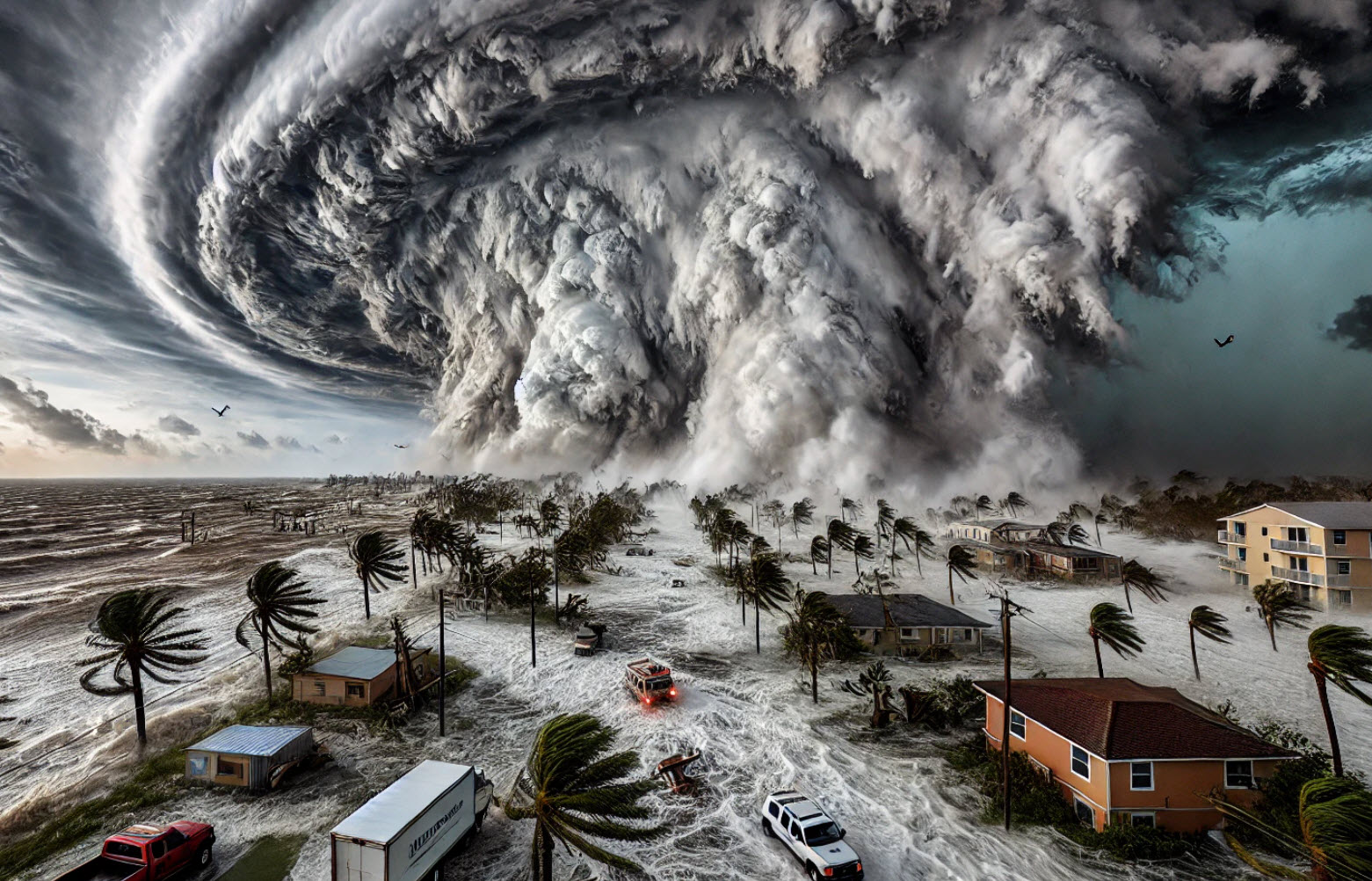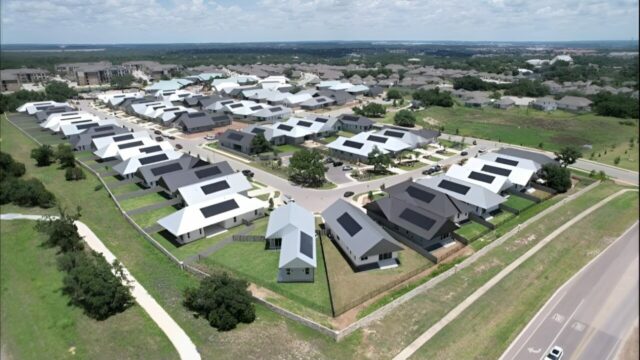Hurricane Milton tore through Florida’s coastline today, leaving a path of destruction in its wake. The Category 4 storm made landfall near the Panhandle, unleashing winds over 140 mph and a dangerous storm surge that has flooded entire neighborhoods. Residents faced severe conditions, with authorities issuing urgent evacuation orders in many coastal areas.
Emergency services reported widespread power outages across several counties, with over 500,000 homes left in darkness. The wind ripped roofs off buildings, snapped power lines, and knocked down trees, blocking major roadways. Rescue operations are underway as first responders work tirelessly to assist those trapped in flooded areas.
“People need to take shelter now if they haven’t evacuated,” warned Governor Ron DeSantis, addressing the situation during a live press conference. Officials estimate the storm surge could rise as high as 12 feet in certain regions, making flooding the greatest threat for low-lying areas. Evacuation routes are currently jammed, as residents rush to escape the storm’s reach.
Hurricane Milton’s impact won’t be limited to the coast
Meteorologists expect torrential rainfall to extend far inland, with up to 15 inches forecast in some areas. Flash floods are likely in central and northern Florida, with several rivers predicted to swell beyond their banks.
Flights have been grounded at major airports, including Miami International, with thousands of passengers stranded. The Florida National Guard has deployed over 3,000 personnel to assist with rescue operations and disaster recovery, as the full extent of the storm’s damage continues to unfold.
Forecasters predict Hurricane Milton will maintain its strength as it moves north, threatening Georgia and the Carolinas with strong winds and heavy rain in the coming days. Residents are advised to monitor updates and remain on high alert for further instructions.














